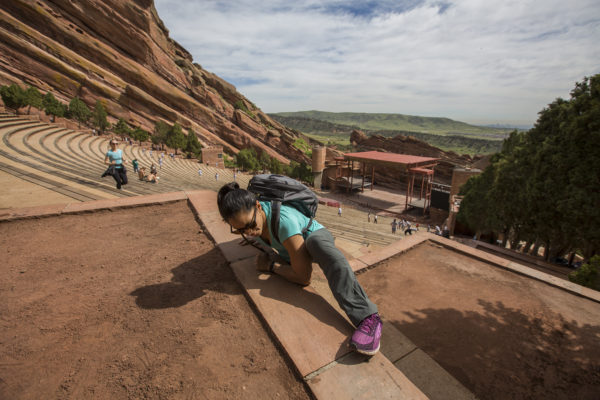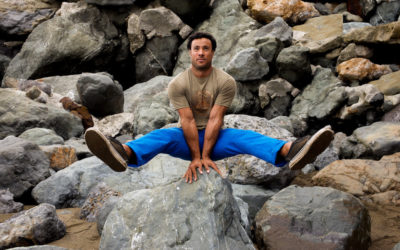
As a child it was my dream to swim in the Olympics. I had watched the US women, specifically the tiny Janet Evans, crush a drugged East German team in 1988 and set multiple world records; I was in awe. I wanted to be just like Janet Evans, and all of the other American swimmers.
Lucky for me I was already on a club swim team that had amazing coaches. My dreams weren’t that unique, almost every girl and boy on our team wanted to swim in the Olympics. Because I was surrounded with so many dreamers, I had no idea that the group I spent most of my time with was different from the average American teen.
Eventually we all received college swimming scholarships. Our women’s team won the Junior National title, some of us swam in US Olympic trials multiple times and two of us went to the Olympics. Granted, one of those swimmers who went to the Olympics was Apollo Ohno. He gave up swimming at age 13 to become a speed skater, but he started in my group of waterlogged dreamers.
How did we all achieve these things?
We started with a dream, a far-reaching goal. Next, our coach broke it down into very small parts, things that we could achieve daily. Then, we put in the work. It didn’t hurt that we all had the same goal.
As soon as we had all achieved Junior National time standards, my coach started talking more frequently to us about the work we needed to put in to make it to the next level. A lesson that I will never forget is his “elephant” lesson.
One day he sat us down and asked, “How do you eat an elephant?”
I wondered, and not creatively told him that I didn’t know.
He responded, “One piece at a time.”
Most goals can be achieved if you employ this strategy.
Practically, here is what an ideal goal-setting process looks like:
- Set your goal – Know specifically what you are trying to achieve in the end.
Example: I will finish a marathon in under 4 hours; that is 9:09 minutes per mile pace.
- Know the pieces – Break the goal down into components and work on each piece until you can put them all back together.
Example 1: Right now I can run a 4:22 marathon/10 minute mile. I must work on a consistently faster pace.
Example 2: I tend to get shin splints, so I must strengthen my feet, arches, and examine my running gait to run more efficiently.
Example 3: My nutrition always holds me back. I had to stop to use the bathroom 3x on my last marathon.
- Be Realistic – Give yourself enough time to achieve your goal.
If you have run a marathon before, and have experience in training, it is reasonable to set a 12-16 week time frame to achieve a faster time. If you have never run a marathon, then you need substantially more time to build a base and the strength necessary to achieve this goal. A new runner should give themselves 4-6 months to put these pieces together.
- Guidance – Consult an expert and find a coach to guide you in your pursuit of this goal.
A good coach will help you break the goal into pieces and tell you how to train! They will be honest with you and not overwhelm you with too many pieces at once.
- Positive Social Network – Surround yourself with supportive people.
By interacting with people who have similar goals, or who believe in your ability to achieve your own goal, you have a better chance at succeeding.
- Dedication – Commit yourself to the process.
Achieving any goal takes a lot of repetition and practice, i.e. time. If you expect quick results and look for shortcuts, you will not be successful. Planning, preparation, and consistent execution are required to achieve your goals.







